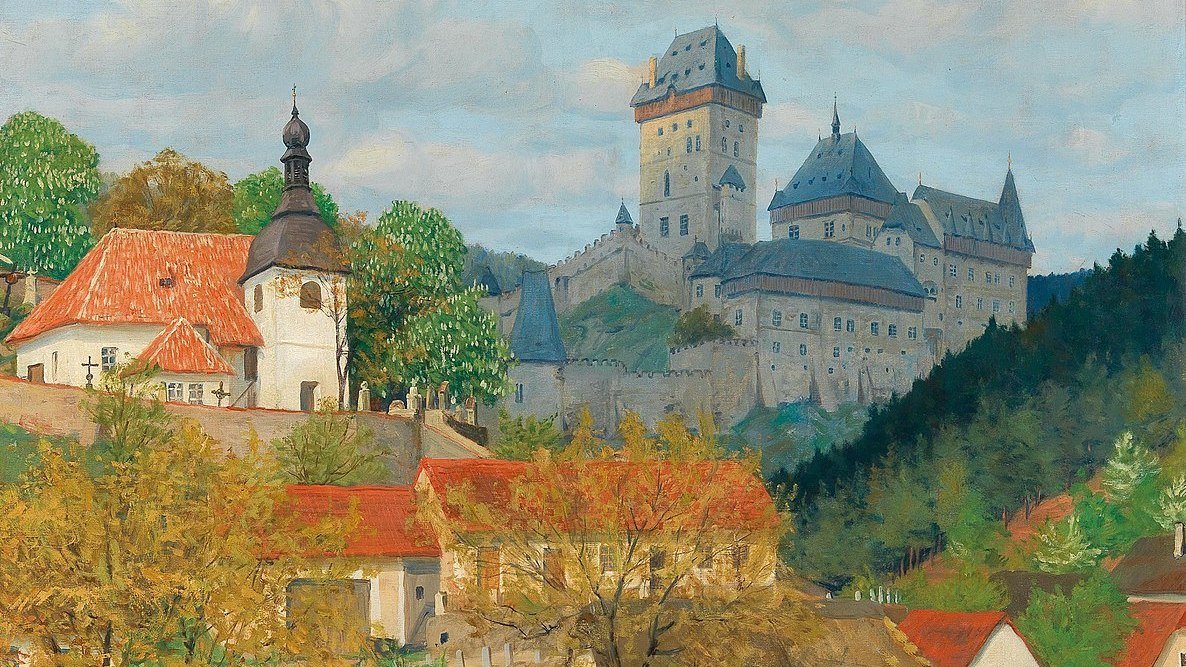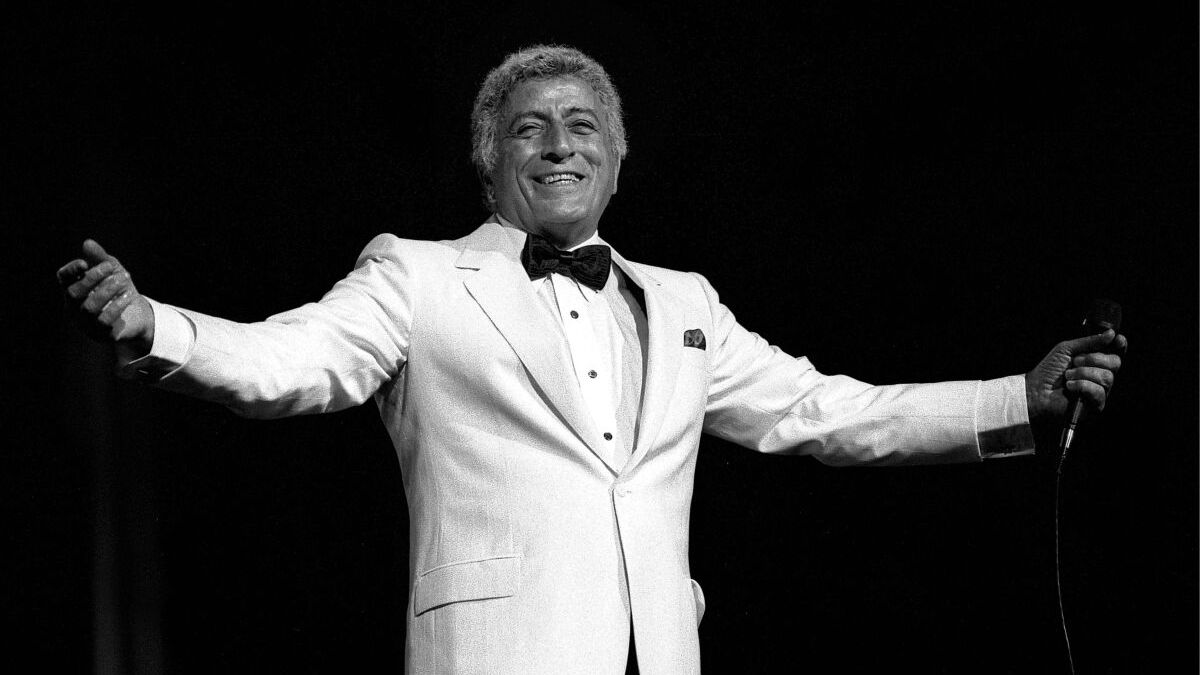“Wouldn’t It Be Loverly”: Julie Andrews in “My Fair Lady” in 1961
The 20- year-old Julie Andrews was experienced as a British Vaudeville actress, but “young and green” on the Broadway stage, when, in 1955, she was cast in the role of Eliza Doolittle in My Fair Lady. After a rocky start during rehearsals, where she interacted with the temperamental Rex Harrison (Henry Higgins), Andrews remembers the experience as “the great learning period” of her life. She recalls an intense, uninterrupted 48-hour period during rehearsals when …







